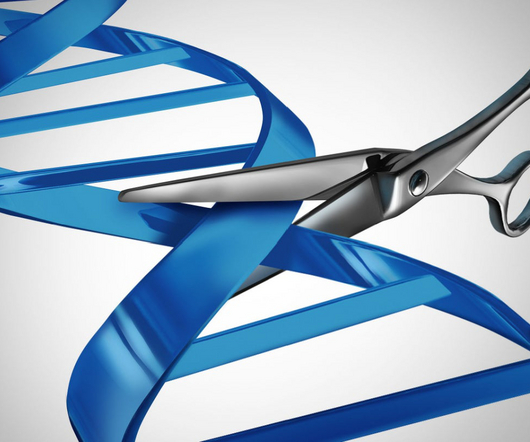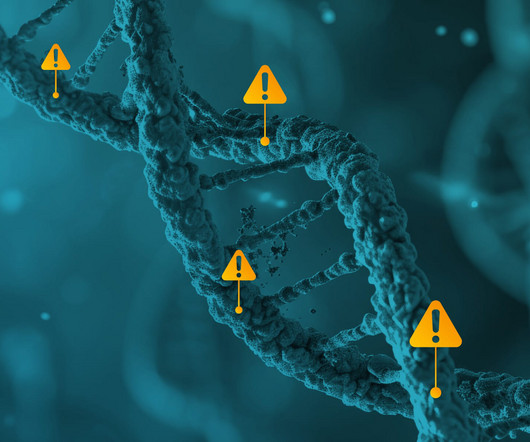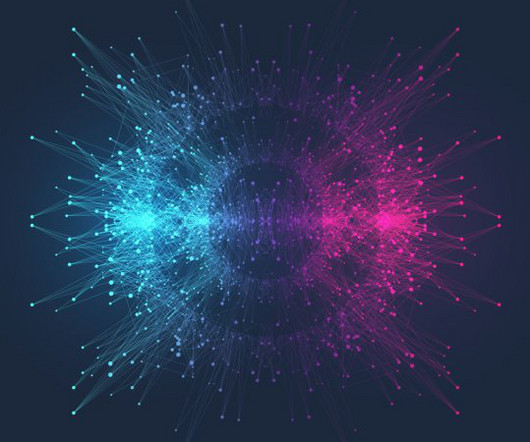The DDW Podcast: 2022 in review
Drug Discovery World
DECEMBER 29, 2022
Recombinant DNA technology and its impact on modern drug discovery . Exploring the microbiome: how it is shaping preclinical research . What does gene-based medicine have to offer? . . Catch up on the Sitting Down With podcast episodes released in 2022: . Narrated Podcasts.













Let's personalize your content